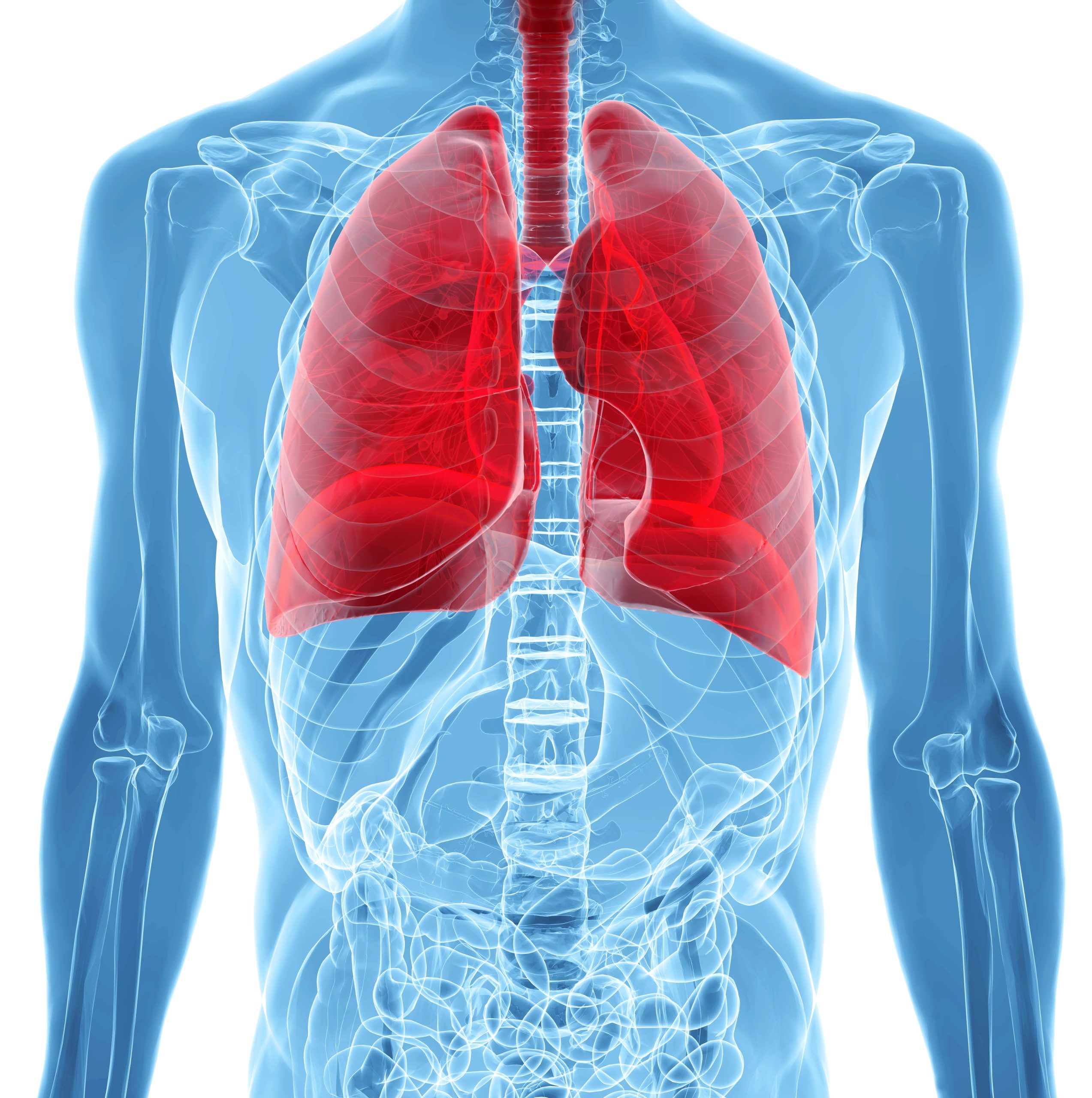Raising awareness of COPD, Chronic Obstructive Pulmonary Disease.
November is National COPD Awareness Month. COPD or Chronic Obstructive Pulmonary Disease is the third largest killer in the US today. Over 12 million Americans have been diagnosed with COPD and it kills more than 120,000 of us ever year. The statistics aren’t even the whole story, doctors believe many of us are living with COPD and don’t even realize it.
So, to help raise awareness this month, we’ll be taking an in depth look at the disease. What are its symptoms? Why does it happen? And what can we do to minimize its impact on our lives?
We’ll also be looking at the various studies on COPD – What are the experts saying? And most importantly, what do you think? Are you living with COPD? What steps are you taking to manage your symptoms?
What is COPD?
COPD is the term that has been given to a group of diseases that affects the respiratory system.
People with COPD often have Emphysema, a condition that damages the air sacs in the lungs making it difficult to exhale. Chronic Bronchitis is also common for people with COPD, the airways swell, obstructing the airflow, making it difficult to breathe. Often people with Chronic Bronchitis also suffer from increased mucus production, which can further obstruct the airways and cause breathing difficulties. Other symptoms of COPD include a severe chronic cough, often referred to as a ‘smokers cough’ and wheezing. Sufferers of COPD often show symptoms of both Chronic Bronchitis and Emphysema, in varying degrees.
Why does it happen? How can you tell?
COPD is usually caused by years of smoking or long term exposure to chemicals. Most people are diagnosed with COPD later in life but the number of people in their late twenties being diagnosed is currently on the rise. Symptoms start gradually, sometimes with a cough that never seems to go away. Or you may find you are increasingly out of breath when carrying out certain light-duty physical activities. At first symptoms can be so mild that you attribute them to aging or to those few extra pounds you’ve recently put on. However, as a chronic condition, COPD will not go away and symptoms will eventually worsen. For many people with severe COPD, even the everyday activities such as walking, light housework and getting dressed can prove too difficult.
Early detection of COPD is key – so it’s important to take note of any persistent respiratory difficulties as they may be initial signs of the disease. There is no cure for COPD but if caught in the early stages it can be effectively managed.
What can you do?
If you are worried about COPD or are showing any of the symptoms we have talked about, make an appointment to see your doctor. A physical exam, together with a simple breathing test, with a device known as a spirometer, will enable your physician to make a quick diagnosis.
Once diagnosed, if you smoke, stop immediately. Smoking is the number one cause of COPD. There are a number of resources to help you give up. Speak to your doctor about what treatment is available to help you quit. The National Cancer Institute also has information on smoking cessation. Or visit SmokeFree.gov, a service provided by the American Lung Association for advice. You can also call 1-800-QUIT NOW for more support and advice.
It’s never too late to stop smoking, even if you have smoked for years, you will be able to dramatically improve your health if you stop now.
Avoid exposure to pollutants, stay indoors when air quality is low. Ensure the air in your home is as clean as it can be, take steps to minimize household dust. Avoid using chemicals that can irritate your lungs, even those found in everyday products can exacerbate symptoms. Be sure to know what triggers your respiratory problems and do your best to avoid them.
Take the necessary precautions to avoid the seasonal flu. Speak to your doctor about the various vaccines available, including flu and pneumonia vaccinations.
There are various pharmaceutical treatments to help you better manage your COPD. Bronchodilators that come in the form of an inhaler help to relax the muscles around the airway, thus opening it up and helping you to breathe easier. Inhaled steroids work to reduce airway inflammation, which can also help you to breathe easier. Talk to your doctor about which one may be the right treatment for you.
There are also physical therapies you can perform under the guidance of a medical professional such as a treatment known as ‘pulmonary rehabilitation.’ This involves various physical exercises and counselling to help you manage symptoms. Your doctor may also suggest certain breathing exercises to help you strengthen the lungs and respiratory system.
For some people with acute cases of COPD, oxygen therapy is used when breathing is particularly difficult. In cases of very severe COPD (when breathing is difficult all the time), doctors may recommend surgery to help control some of the more critical symptoms of the disease.
Remember, although there is no cure for COPD, recognizing the symptoms early on and taking the necessary action can help you to effectively manage the disease and its symptoms. We cannot stress enough the importance of talking to a medical professional if you exhibit any of the symptoms of COPD.
Be sure to follow us this month as we continue to talk about COPD. Next time we’ll be looking at what the experts are saying, as we discuss the various medical studies on COPD.
